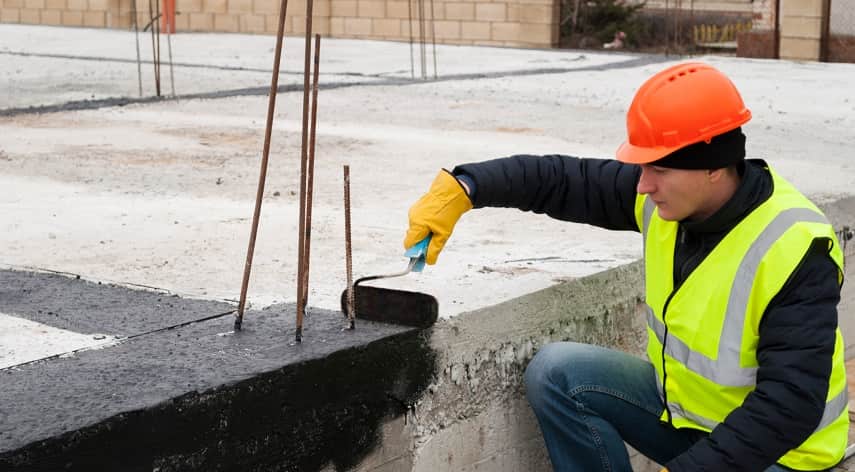The Top Causes for Carpet and Flooring Installation Disasters
Flooring is a major investment you expect to last for decades. However, regardless of the quality of your flooring, if it isn’t installed properly, it can completely ruin not only the look but also its durability. Here we look at the top causes for carpet and flooring installation failure to help you avoid costly mistakes.
Table of Contents
ToggleCarpet Seam Failure
As you probably know, carpet is either sold in rolls or tiles. During the installation process, installers need to take special care when they have to make cuts and create seams. Depending on the configuration of the space, installers might have to make several cuts which can lead to carpet seam failure. An experienced installer understands how their seams will affect the final look and durability of their work. Seams can appear in several places which leads to borders abutting against each other.
When not aligned, cut, and laid properly, these borders or edges can begin to separate and lift. This can lead to a long list of issues including fraying, lifting, buckling, bumps, and more. It can be even worse in patterned carpets when the seams do not line the pattern up properly. Proper use of seaming tape in hand with proper cutting techniques is the secret to avoiding carpet seam failure.
Tile Floor Separation
When ceramic and porcelain tiles are installed, they are affixed to what is called a substrate using a thin-set mortar. There is also space left between each tile which is then filled with grout. Proper installation requires adequate space between tiles to allow for the natural expansion of the floor. This occurs for many reasons including changing temperatures in the room, or the house settling. When there is enough space in the joints these expansions and retractions won’t lead to issues.
However, when the space is not adequate, there is no room for expansion, and it can result in several different scenarios including cracking, separation and tiles lifting right up off the substrate. Proper space not just between tiles, but also along the perimeter of the wall and where the tiles transition to a different type of flooring avoids tile separation.
Wood Floor Cupping
Cupping refers to wood floors that have bulged and risen in certain areas that create a rippled effect. This is not just caused by improper installation, but also moisture issues. This can make it hard to pinpoint whether the installer was responsible, or if the home has humidity or dampness issues. However, in homes where moisture isn’t an issue, cupping can occur if the subfloor wasn’t suitable for wood installation. Over time, if there are issues with the subfloor, the edges of the wood strips can start to sink in the centre. As this happens the edges rise, creating the rippling effect known as cupping.
Loose, Separating or Uneven Laminate
There are several installation mistakes that can lead to loose or separating laminate planks. This is because laminate floors are “floating” floors. They are not nailed down, and instead snap together and then are kept in place with quarter round at the perimeter of the room. When not installed properly, the planks can become loose, separate, or make the floor feel uneven underfoot.
This can be due to a long list of issues including not providing enough clearance at the perimeter of the room to allow for expansion and shrinkage, not ensuring the substrate is level before installation, nailing laminate to the floor, and not adjusting clearance around the perimeters for larger rooms.
If you want to ensure your flooring installation goes smoothly always hire an experienced flooring Calgary installer to complete your flooring project.
Alfred Williams, a distinguished business writer, navigates the corporate landscape with finesse. His articles offer invaluable insights into the dynamic world of business. Alfred's expertise shines, providing readers with a trustworthy guide through the complexities of modern commerce.
Recommended For You
Spread the loveWhile moving to your new city, there are a lot of things to be taken care of. Forgetting
Spread the loveHyderabad is a city that experiences heavy rainfall during the monsoon season. This can often lead to water
Spread the loveWelcome to your ultimate guide for finding and hiring the best commercial roof repair experts. If you’re facing




